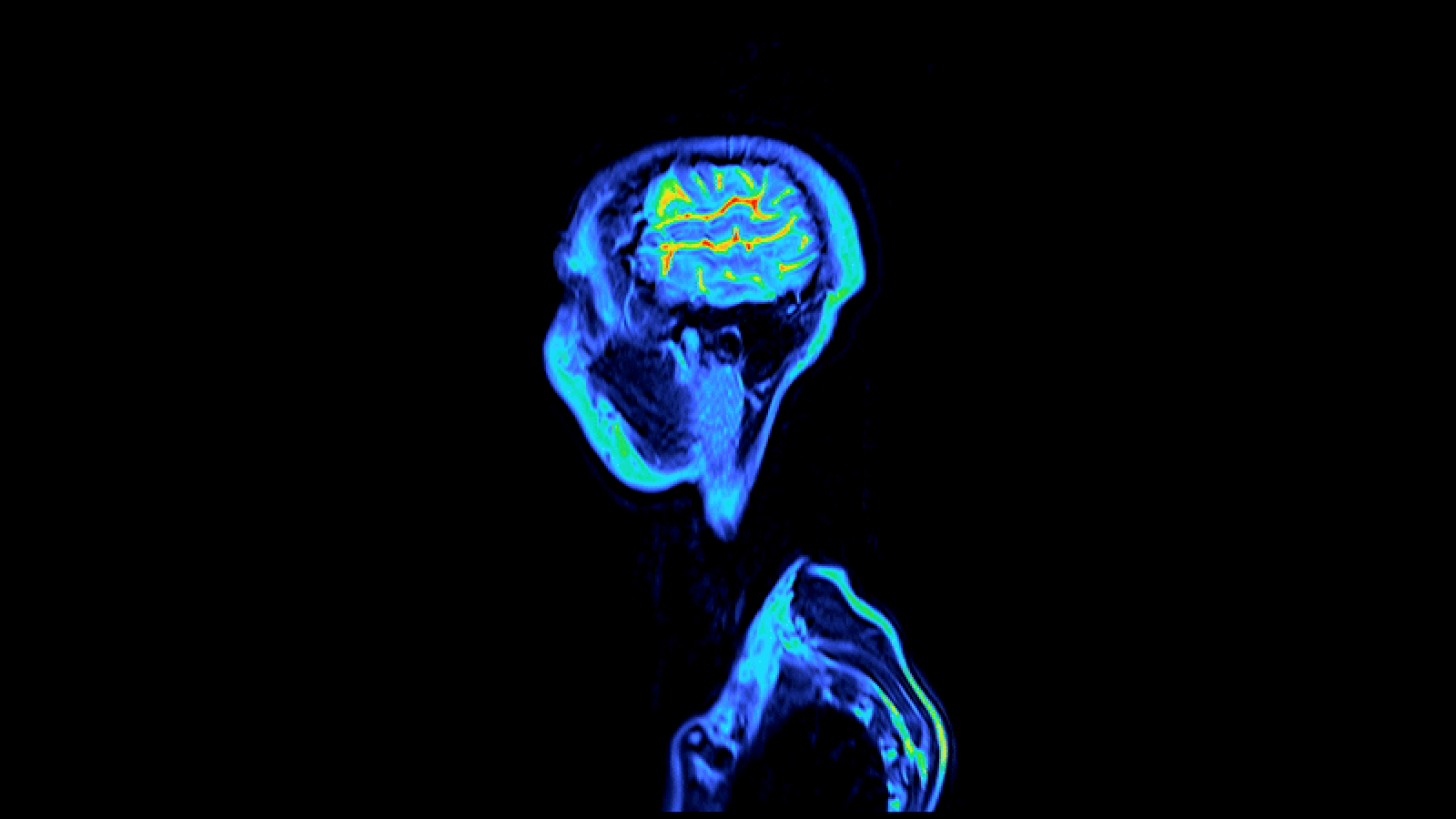Brain's 'Pain Meter' Identified

The brain's "pain sensor" has been found, researchers say. When you step on a thumbtack or hit your funny bone, this is the part of your brain that lights up.
Researchers conducted imaging scans of the brains of people who were experiencing pain waxing and waning over several hours. They identified a region of the brain called the dorsal posterior insula, which became active in response to how much pain a person felt.
"We have identified the brain area likely to be responsible for the core 'it hurts' experience of pain," Irene Tracey, who is the lead author of the study and a professor of anesthetic science at the University of Oxford in England, said in a statement.
The findings could someday help doctors detect pain in people who lack the ability to communicate well, such as small children or people in a coma or who have dementia, the researchers said in the study, published today (March 9) in the journal Nature Neuroscience. [5 Surprising Facts About Pain]
In the study, Tracey and her colleagues rubbed a cream containing the chemical capsaicin — the compound in chili peppers that causes a burning sensation — onto the legs of 17 healthy volunteers. The researchers then placed a hot or cold water bottle against the volunteers' skin to increase or decrease their pain level, respectively.
Meanwhile, the researchers scanned the participants' brains and asked them to rate how much pain they felt.
They found that the dorsal posterior insula glowed more in the brain scans when the volunteers reported the most pain, suggesting this region acts as a kind of pain meter in the brain, researchers said.
Sign up for the Live Science daily newsletter now
Get the world’s most fascinating discoveries delivered straight to your inbox.
Next, the researchers plan to test whether it's possible to "switch off" this brain region in people who suffer from intractable pain, for whom other treatments have failed.
Follow Tanya Lewis on Twitter. Follow us @livescience, Facebook & Google+. Original article on Live Science.











